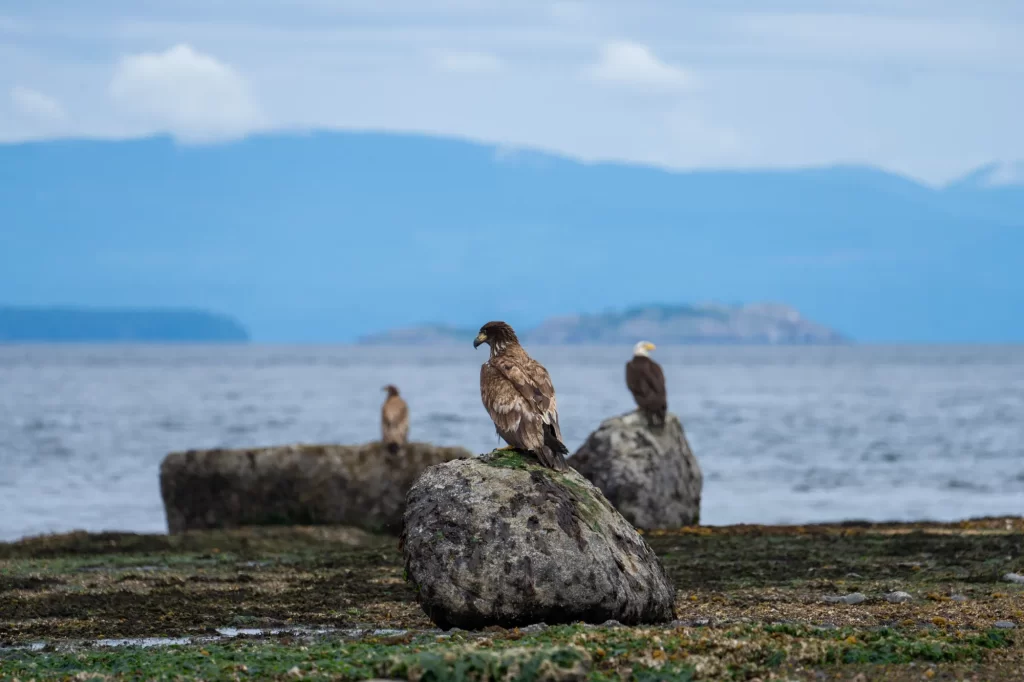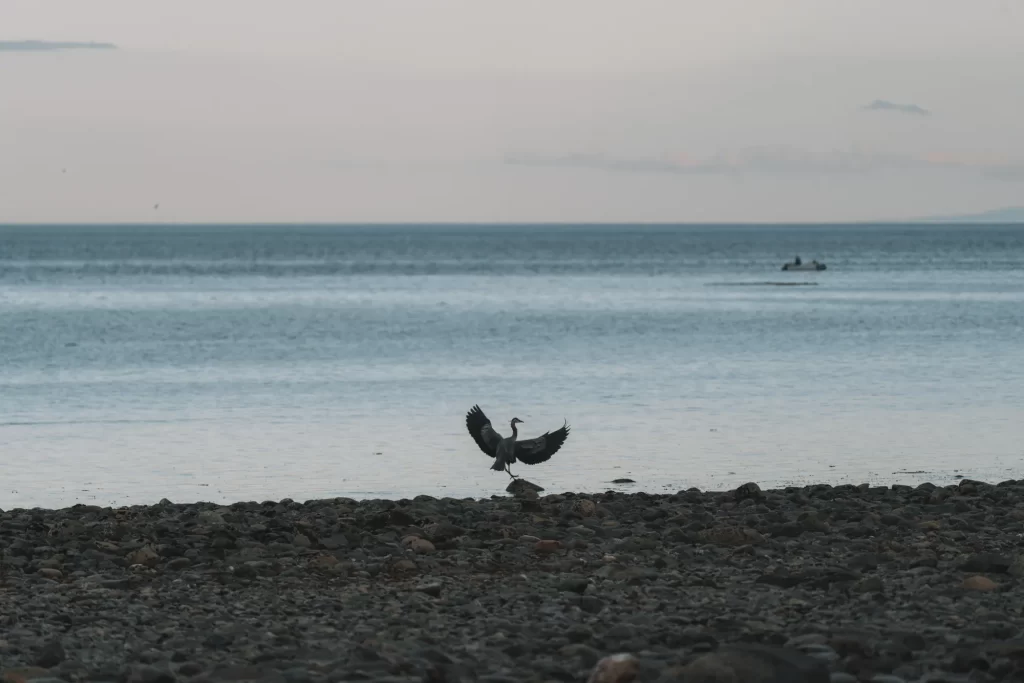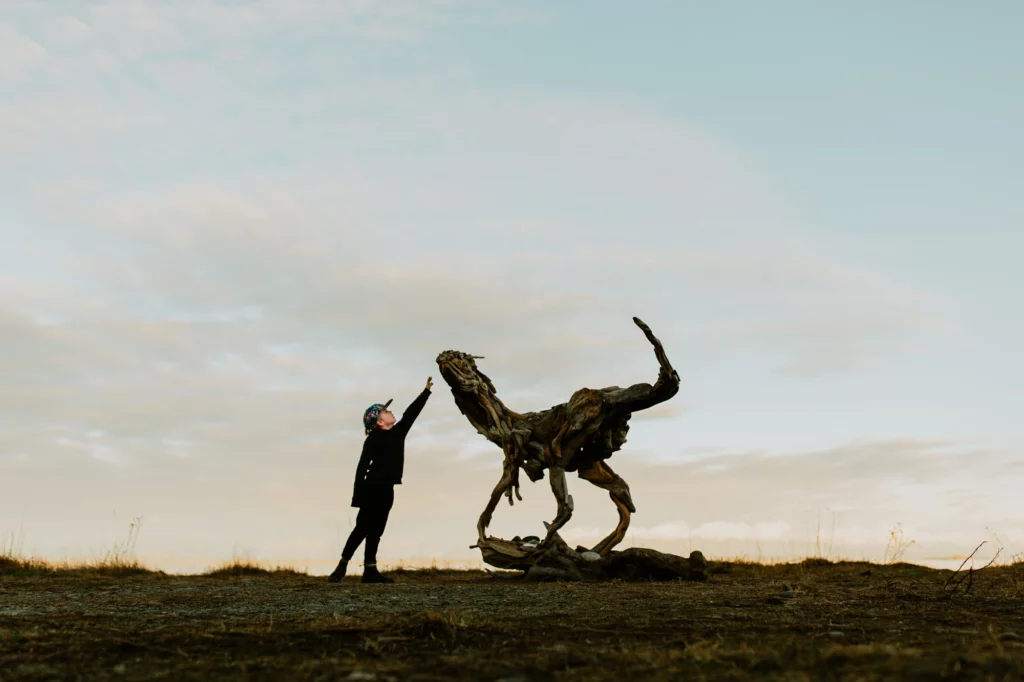EASILY IDENTIFIABLE AND COMMONLY SEEN BIRDS IN CR
Bald Eagle:
Often seen on beaches, or in trees near the ocean or river. Its taste for fish and preference to nest in old-growth makes the Campbell River a perfect place to spot one. They are opportunistic feeders, meaning they will eat what is available to them. During the fall they flock to the rivers to catch spawning salmon, but will also often act as scavengers during the rest of the year.
Where to watch? Coastline by the Big Rock
“We’re trying to instill a sense of respect for marine life among our community so that it can be maintained and cherished by future generations.”
Blue Heron:
The Great Blue Heron we have in Campbell River differs from the other Herons found along the west coast of North America in that it is not migratory, and is considerably larger. They enjoy the rocky beaches around Campbell River as they house their preferred food sources (small crabs, fish, and aquatic insects)
Where to watch? The Spit, Stories Beach


Belted Kingfisher:
Often seen on snags around rivers, streams, and estuaries. Commonly seen during all seasons. Typically feeds on small fish as the name suggests, but will also eat frogs and tadpoles, or the occasional small mammal. You’ll know you’re in the right area to spot one when you hear its rattling call.
Where to watch? The Campbell River
Purple Finch:
Widely distributed throughout Campbell River as they live in evergreen forests, mixed woods, parklands, and even backyards. The males are easy to identify as they have a red upper breast and head, which is brightest during the summer. The females have more muted colours, but a defined pattern on their faces.
Where to watch? The evergreen forests surrounding Campbell River, sometimes the estuary
Tellers’ Jay:
These easy to identify birds grow to around 15-20cm in length, with a distinct blue tail, belly, and wings. It is known as the loudest of the jays, sometimes mimicking the screams of hawks. It prefers to nest in coniferous forests dense with pine and fir. In Campbell River, you will typically find it in small forests of mixed conifers such as balsam, spruce, and fir.
Where to watch? Any mixed conifer forest such as Beaver Lodge Lands, or those around residential areas.
Common Loon and Red-throated Loon:
Common Loons are quite large, ranging from 70-90cm, while Red-throated Loons are smaller ranging from 60-70cm. They can be identified most easily from their calls. The Common Loon has a yodelling call, and Red-throated Loon has a high-pitched wail. They can also be told apart by their distinctive markings. Common Loons have a black head and beak, with white banding on their necks. Red-throated Loons are appropriately named for their striking red throats.
Where to watch? The estuary





